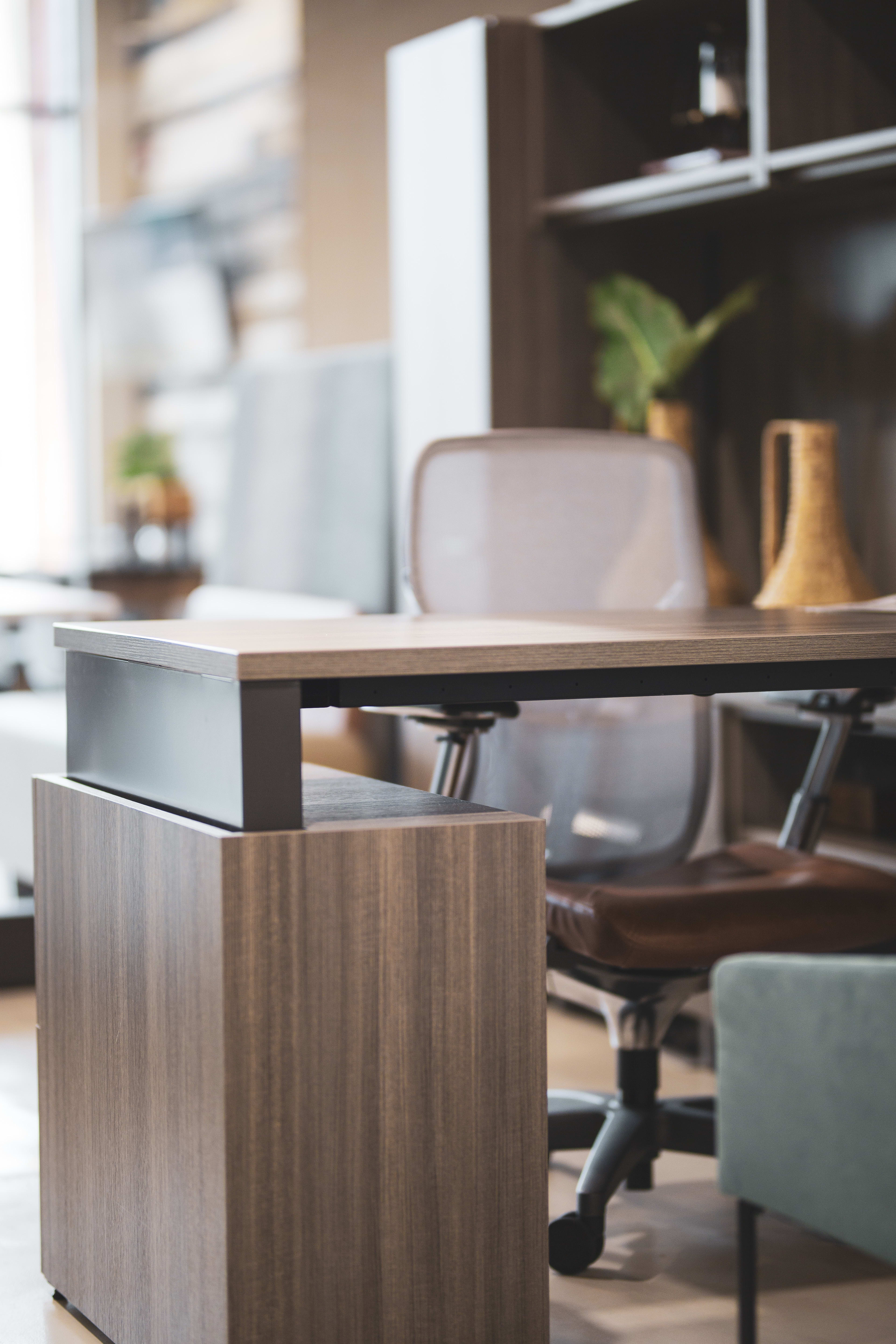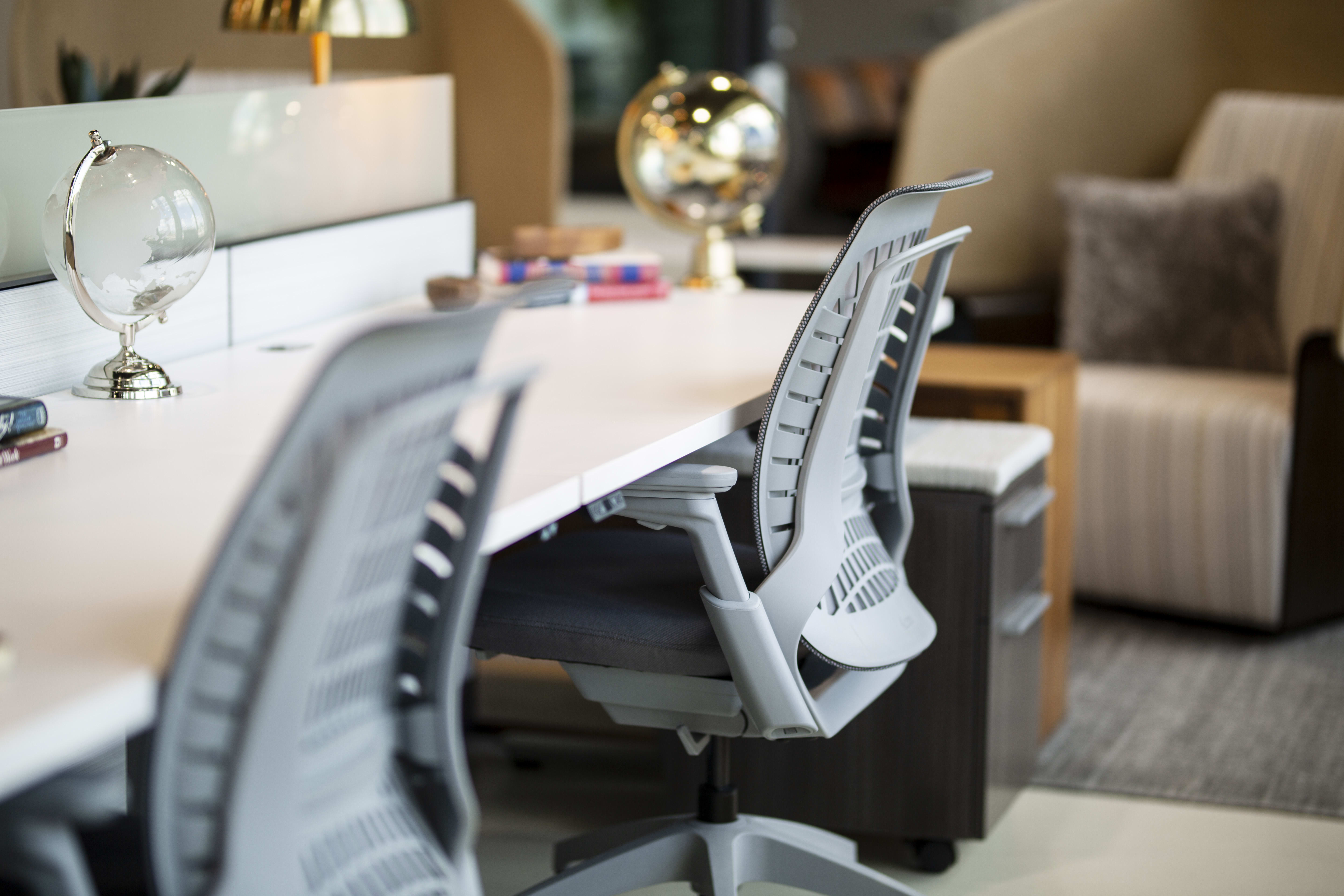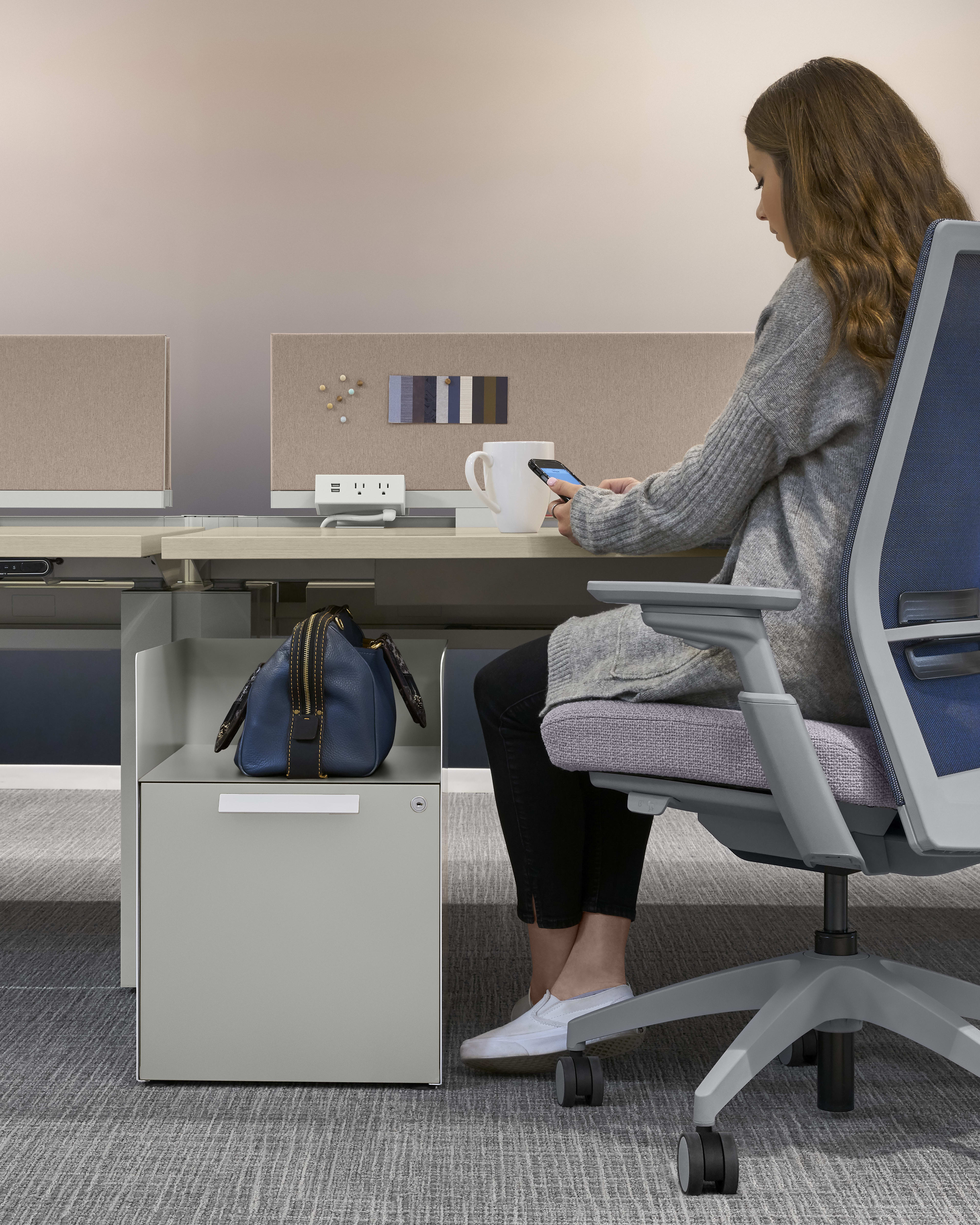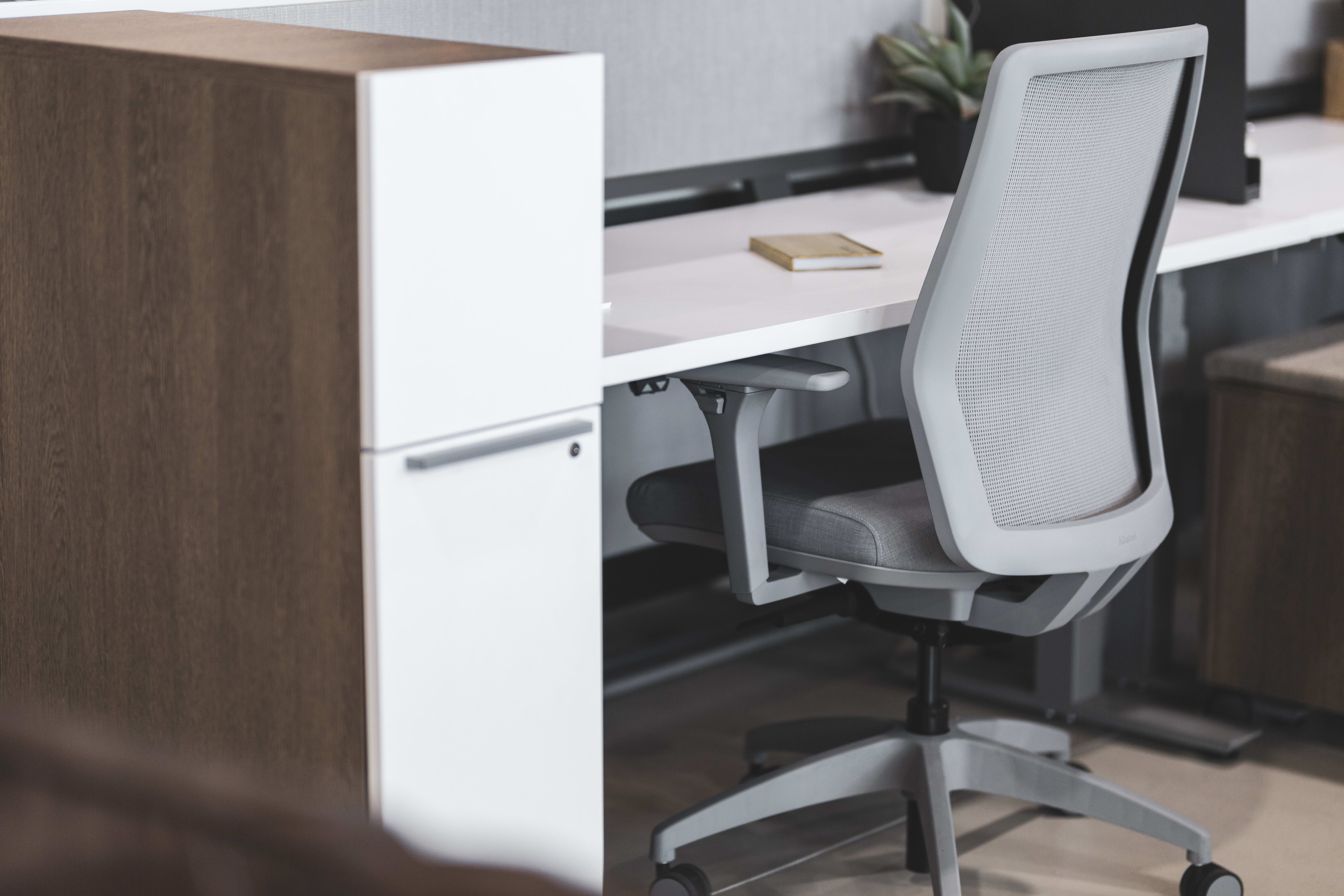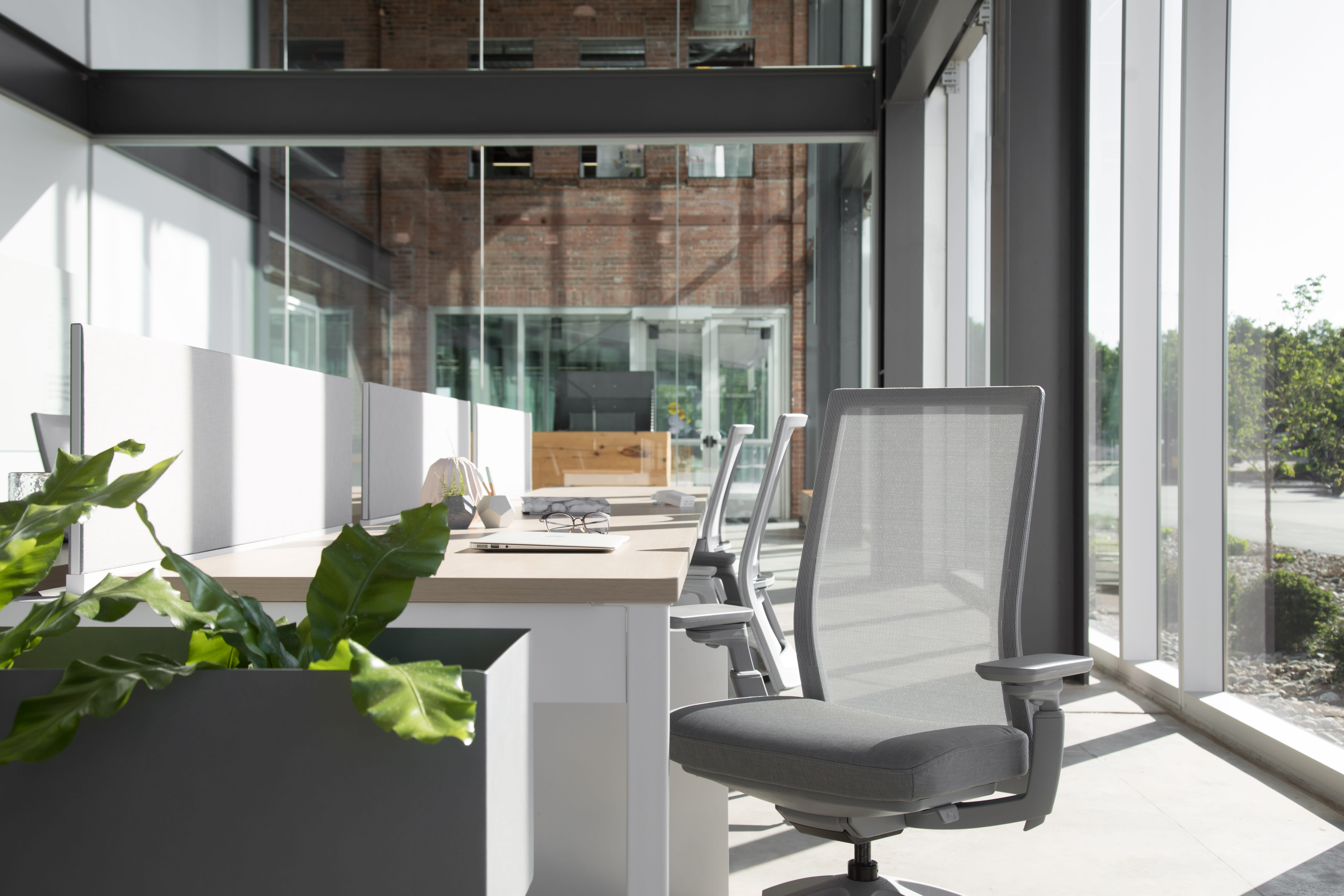Recently, articles with sensational headlines like “Your Office Chair is Killing You” and “Sitting is the New Smoking” have appeared in various media outlets, warning of the dangers of sitting and striking fear into the hearts of office workers and desk jockeys. We believe that the authors of these articles intend only to raise awareness of an important health implication – that prolonged exposures to sedentary behaviors have negative health implications. Headlines like these, however, have vilified the office chair. We would like to add some perspective to this discussion by defending ergonomic task chairs and sitting in general.
The truth is prolonged sitting and excessively sedentary lifestyles are dangerous. Research suggests that sitting for long durations is correlated with an increase in back, neck, and shoulder complaints. Excessive sitting has even been linked to early mortality. Sadly, it has also been shown that even an hour of daily exercise does not negate the detrimental effects of six or more hours of sitting. It is reasonable for these realities to raise concerns. We sit a lot: while we work, while we eat, during our commute, and in our free time.
Movement is essential to ensure that our muscles, tendons, and vertebral discs stay healthy and well-nourished. Holding the same posture for extended times, called “static postures,” can restrict blood flow, which contributes to a decreased nourishment supply and diminishes the body’s ability to remove waste, such as lactic acid. Additionally, movement can have positive effects on comfort, concentration, and productivity. Although prolonged sitting has negative health implications, think twice before you ditch your office chair. Prolonged standing can have negative health implications too, including; poor circulation; neck, shoulder, and back pain; swelling in feet; and fatigue. It has also been suggested that productivity decreases and error rates may increase while individuals walk while performing computer tasks. So what is the answer?
Movement is essential to ensure that our muscles, tendons, and vertebral discs stay healthy and well-nourished. Holding the same posture for extended times, called “static postures,” can restrict blood flow, which contributes to a decreased nourishment supply and diminishes the body’s ability to remove waste, such as lactic acid. Additionally, movement can have positive effects on comfort, concentration, and productivity.
We need to be mindful of the duration of our sitting, but it is important that we sit. Sitting allows us to rest, transfer weight off our feet, reduce the pressure on the circulation system of the lower legs, and stabilize ourselves for detailed work. It is for these reasons that the ergonomic office chair is still critical in the workplace. When people sit to work, they need to be well-supported in postures that promote health and productivity.
The best ergonomic task chairs are designed to:
- Provide support and allow for proper positioning of the legs, thighs, arms, shoulders, and back during seated work
- Adjust to fit a diverse workforce
- Allow for easy and intuitive adjustments
- Promote movement during seated work by allowing for comfortable and supported reclining postures
- Encourage productivity by seamlessly supporting the human system during work activities.
Although not a replacement for dynamic, whole-body activities, it is possible to introduce movement into our seated postures. Reclining and changing postures while sitting can reduce pressures in our vertebral discs and allow for muscle activation. Just because you sit, doesn’t mean you should sit still. In addition to having a chair that promotes active sitting, there are simple ways to increase movement throughout the workday. Consider trying the following:
- Stand during phone conversations
- Hold walking or standing meetings
- Use a printer located further away from your desk
- Walk over to a co-worker’s desk instead of calling or emailing
- Walk to the water cooler
- Take a quick lap around the building
Conclusion
Allsteel engineers thoughtfully integrate ergonomics into seating products and conduct extensive research to ensure that task seating promotes health, provides proper support, is comfortable, and encourages productivity. Ergonomics is central to the design of Allsteel task chairs, and it is our meticulous and thoughtful inclusion of ergonomics that gives us cause to dispute the recent slander against the office chair. The simple message is while seated, make sure you are well-supported, comfortable, and productive…then get up and move!
References
Patel AV et al (2010). Leisure time spent sitting in relation to total mortality in a prospective cohort of US adults. American Journal of Epidemiology. 172 (4); 419 – 429.
Canadian Centre for Occupational Health and Safety (2008). Working in a Standing Position. http://www.ccohs.ca/ oshanswers/ergonomics/standing/standing_basic.html
Straker L, Levine J, and Campbell A. (2009) The effects of walking and cycling computer workstations on keyboard and mouse performance. Human Factors: The Journal of the Human Factors and Ergonomics Society 51(6): 831 – 844.




